What are the most crucial metrics you monitor when a new campaign is launched?
Did you give conversion or click-through rate any thought? The price per conversion? ROI?
All of those measures are crucial for any marketing or advertising campaign, but they won’t allow you to determine the financial performance of a certain advertisement or campaign portfolio.
ROAS can help assess whether it is raising the appropriate amount of money. If not, marketers can immediately change course or stop trying altogether.
Table of Contents
What is Return on Ad Spend (ROAS)?

Return on Ad Spend (ROAS) is a metric that compares the profit made from an ad campaign to the cost of running it. It is calculated by dividing the total revenue generated by a campaign by its ad spend.
When looking at ROAS, it’s important to remember that you’re only measuring one part of success i.e how much money did we make for every rupee spent? The question to ask yourself when looking at it is: If I take away this ad budget from my business, how much will I lose in terms of overall profit?
Ideally, your ROAS should be more than 1x (where each rupee spent generates more than one rupee in revenue). If it is 0.5x or lower, then you need to rethink your strategy as there’s likely room for improvement somewhere along the way.
The higher the Return On Ad Spend, the more profitable your campaign can be!
ROAS isn’t:
- Customer acquisition cost (CAC)
- Return on investment (ROI)
- Cost per acquisition/lead (CPA/CPL)
Although the above measures are similar and meaningful, it’s important to note that they differ from the company’s ROAS. Increase your company ROAS with Growthfather’s paid ads experts.
How Return on Ad Spend (ROAS) is Calculated?
ROAS is calculated using the following formula:
Return on Ad Spend (ROAS) = Total Sales / Cost of Advertising
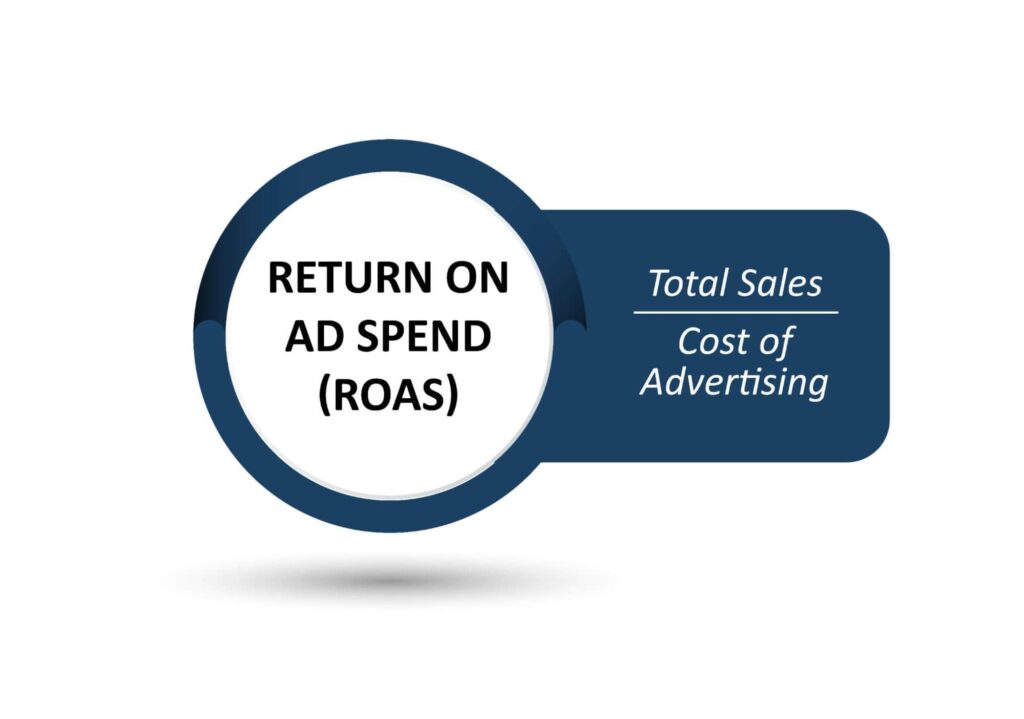
Let’s look at an example. Your business has a sales goal, and you have spent ₹1,000 on Ads to promote your product. After running the campaign for 2 weeks, your sales total ₹2,000 with no further marketing spend from you or your competitors. Your return on ad spend would be 2% i.e (₹2k / ₹1k).
If this were an eCommerce campaign with multiple platforms involved (Google Shopping and Amazon), it would be helpful if we could combine all those figures into one calculation of how valuable our campaigns were to us.
Here’s another example,
A total of 10 conversions worth ₹ 50 have been purchased. After that, the total conversion value is ₹ 500. A total of 100 clicks have been reported, with each click paying ₹ 1.
The following are the costs of the advertising campaign:
500/100= ₹ 5
As a result, ₹1 in costs indeed generates ₹5 in profit.
You can obtain rapid insights into what each euro generates by calculating the ROAS, but one downside is that it does not quantify the actual expenses of the advertising campaign.
What’s a Good ROAS?
A Good ROAS is a difficult topic to answer because there is no such thing as a “good” ROAS percentage. Certain numbers are greater than others, but there is no universal rule. Metrics, like most stuff in business, differ from one firm to the next.
However, there are some general guidelines to follow.
If your ROAS is less than 1, your advertisement is losing you money. This is a bad indication. You’ll never make a profit if you consistently spend the same as you earn.
In general, a ROAS of less than 3:1 might signal there are more serious issues elsewhere. When you analyse your Return on Investment (ROI) with a 3:1 ROAS, you’re likely still losing money if your expenditures are taken into account.
When expenditures are taken into consideration, a ROAS of roughly 4:1 starts to appear good, and you’re further likely crossing even. 5:1 indicates that you are performing incredibly well.
Your company may gain benefit from adopting a minimum profit criterion from here. If an ad campaign’s average ROAS over several months is lesser than x:1, it’s not worthwhile to invest in.
Limits of ROAS
It’s important to understand, you shouldn’t go too deep onto your ROAS. It is determined by your ad expenditure and the objectives of your digital advertising initiatives. If your aims aren’t monetary, you might be obtaining precise but insignificant data.
The ROAS only accounts for the money you spend on advertising; it overlooks other expenses such as the cost of creating or acquiring the product and the cost of other marketing strategies.
ROAS can differ from one media to the next, and from one keyword to the next. Advertising on the term ‘phone case’ on a marketplace like Flipkart may be prohibitively expensive, yet advertising on the keyword ‘plastic-free galaxy s10 case’ may be substantially less expensive. As a result, be informed that there will be discrepancies when calculating ROAS for two different keywords.
Finally, keep in mind that not every advertising outlets are easily measurable separately. Tracking your ROAS becomes increasingly challenging when you divide it up into mediums on specific channels.
ROAS Benchmarks by Industry
While it’s helpful to know your ROAS benchmark, it’s also interesting to understand how other industries are measuring their success with ROAS. Below is a list of different types of businesses and what their average return on ad spend (ROAS) is. This information could be used as a guide for setting goals within your own industry or business.
- High-ROI Industries: Healthcare, Financial Services, Insurance
- Low-ROI Industries: Food & Beverage, Retailers
The average ROAS across all industries is 2.87:1, according to a Nielsen survey. This indicates that the corporation will profit ₹2.87 for every rupee spent on advertising. This average ratio is around 4:1 in e-commerce.
This is also dependent on a company’s stage and financial condition. In general, start-ups demand greater profit margins, but established businesses that are dedicated to expansion may afford higher advertising expenses. Companies with greater margins may manage with a lower ROAS, but those with lower margins must keep their advertising expenditures low.
Overall, each company’s approach to ROAS is unique. Knowing where and how to spend your advertising money properly is the biggest victory with ROAS calculations.
Benefits of ROAS
ROAS can help you understand the effect of marketing campaigns on revenue. It’s useful when deciding whether or not to proceed with a campaign, and can help you maximize the effectiveness of your next campaign. Here are three ways ROAS could be used.)
- To determine whether or not to deploy an ad campaign (or any other marketing initiative) in the first place.
- To measure its effectiveness in terms of sales generated or leads generated.
- To measure its impact on profit (e.g., if 100 people click on an email newsletter link, how many people buy something? And how much do they spend?)
ROAS also allows you to optimise budgets and analyse performance over time, providing a clear picture of how well an ad or campaign is performing on various platforms across different demographics.
It is a great tool that allows you to measure your advertising effectiveness. It allows you to determine whether or not an ad campaign has been successful, and if the investment in that campaign was worth it. You can use ROAS to answer questions like:
- Did this ad campaign increase sales?
- How much cheaper is this advert than other similar ads?
- Will I get my money’s worth from this advertisement?
By using ROAS, you’ll be able to make better decisions about what type of marketing campaigns will be more effective for your business.
You can also compare yourself with competitors by benchmarking against them – this way, you’ll know what others are doing right (or wrong) when it comes to their ads!
The secret to improving your ROAS performance
Advertising executives are always seeking better ways to spend their advertising budget.
The vast array of digital advertising outlets provides huge potential, but it also allows for intensive scrutiny.
Advertisers must not only demonstrate that they are selecting the channels and methods that provide the greatest return on ad spend (ROAS), but also that they are continuously optimising and improving campaign performance.

Improving your ROAS performance as an advertiser should always be your goal. We’ll lay down the three fundamental components of increasing your ROAS in this post, as well as specific techniques to help you get there.
Breaking down the equation into its underlying components and developing efficiencies at each stage is the key to increasing your ROAS.
When broken down into its constituent parts, internet ad income is made up of:
- Clicks on online ads
- Revenue per conversion
- Post-click conversions
Let’s suppose your CPC is ₹1.96 per click. If 4% of your bought traffic converts, it implies that it takes 25 clicks to acquire a single conversion. Each conversion in this case costs ₹49. To make your campaign worthwhile, the average amount your clients spend on a purchase must be greater than ₹49. Ideally, it should be at least two to four times that.
As a result, to increase your ROAS, you must:
- Reduce your click-through rate.
- Boost your post-click conversions.
- Increase your conversion revenue
Let’s begin by decreasing your advertising expenditures.
Lower your cost per click
If you lower your cost per click (CPC), you may get the same number of clicks for less money or get more clicks for the same money.
Lowering your CPC means raising your ROAS, providing, the quality and relevance of each click stay the same.
Here are three tried and true methods for lowering your cost per click.
Target the right audience
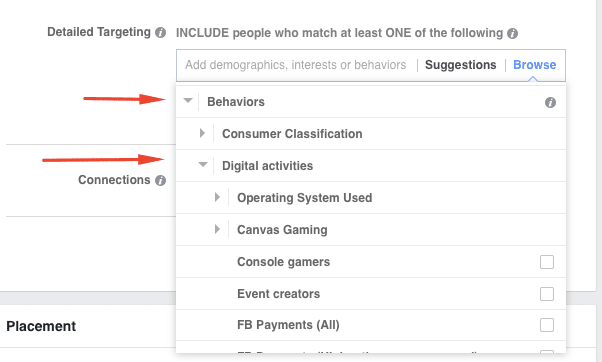
You may spend less and convert more by identifying and targeting the individuals most likely to buy from you.
While most advertisers are aware of traditional targeting techniques such as restricting your audience by geolocation, job title, or device, few take the effort to construct numerous audience personas and then produce advertisements that are individually targeted to each section.
What are the benefits of segmenting your audience?
The three key criteria of the Quality Score are ad relevance, predicted click-through rate, and landing page experience. Improving your Quality Score lowers your ad expenses, increasing your return on investment.
Remember to use retargeting. People who have visited your website before are more inclined to click and convert. You may enhance your chances by writing intriguing ad material that targets past site visitors.
Experiment with your bidding strategy
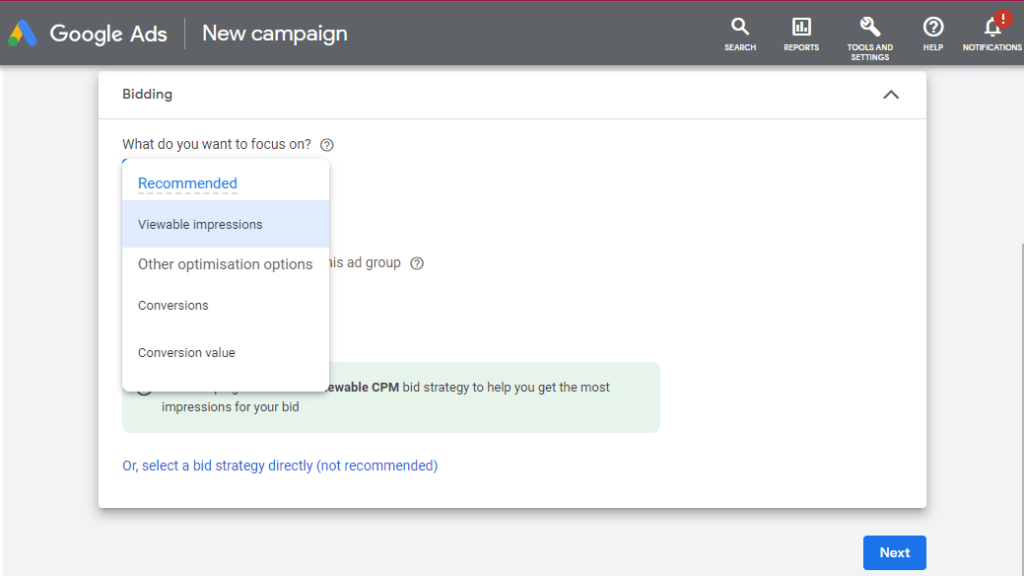
Bidding ineffectively is a simple method to waste your advertising budget. Experimenting with your bidding approach can help you get the most out of your advertising budget.
For example, if you want to minimise your CPC, you may strive for third place rather than first. Third place is still at the top of the SERPs, but it costs less than first place, giving you more clicks for less money.
Experimenting with bidding tactics is another approach to enhance your CPC. Manually altering your maximum bid with Manual CPC or Enhanced CPC may help you to regulate your ad expenditures without negatively affecting conversions.
However, decreasing the CPC isn’t enough. Automated Smart Bidding options like Target ROAS, Target CPA, Maximize conversions and Maximize conversion value may cost you more per click depending on your business, but they may result in greater conversions or a better ROAS.
That’s why experimenting is a smart tactic. Don’t think that aiming for a low CPC or a high ROAS will inevitably result in the desired outcomes.
Target Keywords Wisely
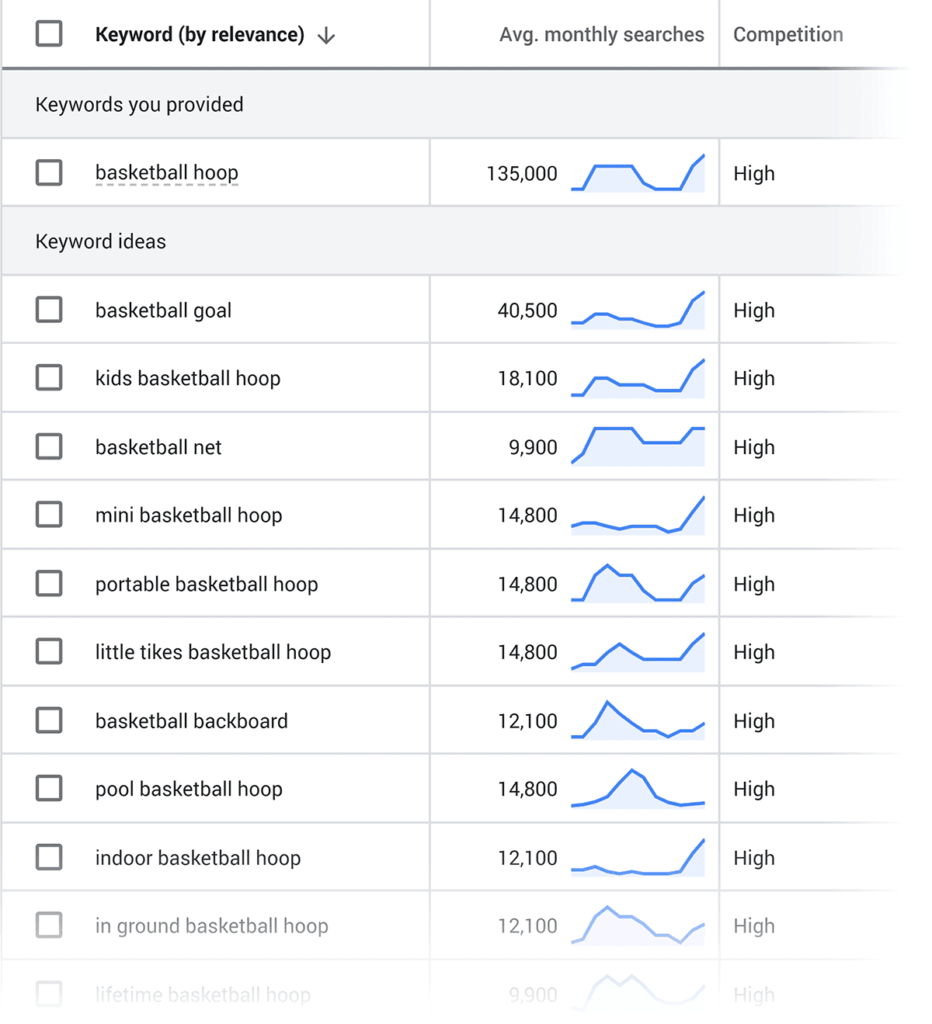
You want to target the correct searches in addition to the right individuals. Just because someone fits your target demographic doesn’t guarantee they’re ready to make a purchase. You must contact them at the appropriate moment.
Use negative keywords to prevent getting irrelevant impressions and clicks, which can lower your Quality Score.
To avoid getting into high-cost bidding wars, focus on long-tail keywords. Long-tail keywords benefit from lesser competition and expense, as well as a better likelihood of higher post-click conversion rates.
Someone looking for “Red size 8 women’s running shoes,” for example, is more likely to purchase someone looking for “women’s shoes.”
Finally, build single-keyword ad groups to make sure your ad content and post-click experience are as relevant to the user’s search as feasible. Higher click-through and conversion rates, as well as higher income, result from enhanced relevance.
Improve your post-click conversion rates
The rate at which you convert clicks into customers is the second trick to increasing your ROAS. It all boils down to creating a better post-click landing page experience.
Follow landing page best practices

When it comes to driving conversions, a well-designed landing page is a must-have.
Landing pages should be:
- Persuasive. Each landing page should have clear and enticing text that uses persuasion concepts. It should also include a compelling incentive or offer that’s impossible to pass up, as well as social evidence to persuade customers that it’s worthwhile.
- Focused. Each landing page should contain a single conversion objective and calls to action that prompt the visitor to do the one desired action. It should also be clear of navigation and in-content links, as they will deter visitors from converting.
- User-friendly. Each landing page should follow design guidelines and employ responsive layouts to accommodate any device. It should also load swiftly, ideally in less than three seconds.
However, we know that the typical advertising conversion rate runs from 2% to 4% in most businesses, so this customary advice is fairly unsatisfying. Even if we assume that the average marketer currently follows landing page best practices, 98% of ad spend is still lost.
Two more components of a successful post-click experience are crucial. Landing pages should be:
- Personalised. It’s not simple to deliver the correct message to the right person at the right moment, but it’s the key to advertising perfection. At the very least, you should customise your post-click experience using ad targeting data.
- Holistic. When creating advertising campaigns, consider both the pre-click and post-click stages. Using message-match to fulfil visitor expectations, weave a unified story across the ad journey.
Optimise your post-click experience
While post-click customization focuses on raising the possibility of conversion for specific visitors, landing page optimization tries to boost your overall conversion rate.
You must constantly tweak your pre- and post-click experiences to increase conversions. That means performing a/b tests regularly until you identify the ideal design and content—another time-consuming task.
Post-Click Automation (PCA) serves the same goal, automating landing page optimization and removing the uncertainty from the process. It uses technologies like heatmaps to observe audience activity on your landing pages and then makes recommendations to boost conversion rates.
Provide a personalised journey
The one-size-fits-all message is a major reason why advertisers have had to settle with low conversion rates and low return on investment. The problem is that what works for one audience may not work for another.
You must do the following to give a customised journey:
Use a 1:1 ad-to-page ratio to ensure that every one of your highly tailored advertising leads to a highly relevant landing page.
Create landing page text that not only reflects the message of your ad but also speaks to the wants and ambitions of your targeted audience group.
This intimate experience increases the possibility of conversion, resulting in a higher ROAS.
However, this is easier said than done. You’ll need a committed staff and plenty of resources to accomplish 1:1 ad-to-page personalisation at scale, which means a tailored journey for each prospect.
Alternatively, you may use Post-Click Automation (PCA), a new type of software that uses artificial intelligence and machine learning to design, customise, and optimise landing pages for each ad. It’s the only way to create genuinely individualised ad journeys at scale without breaking the bank.
Increase your revenue per conversion
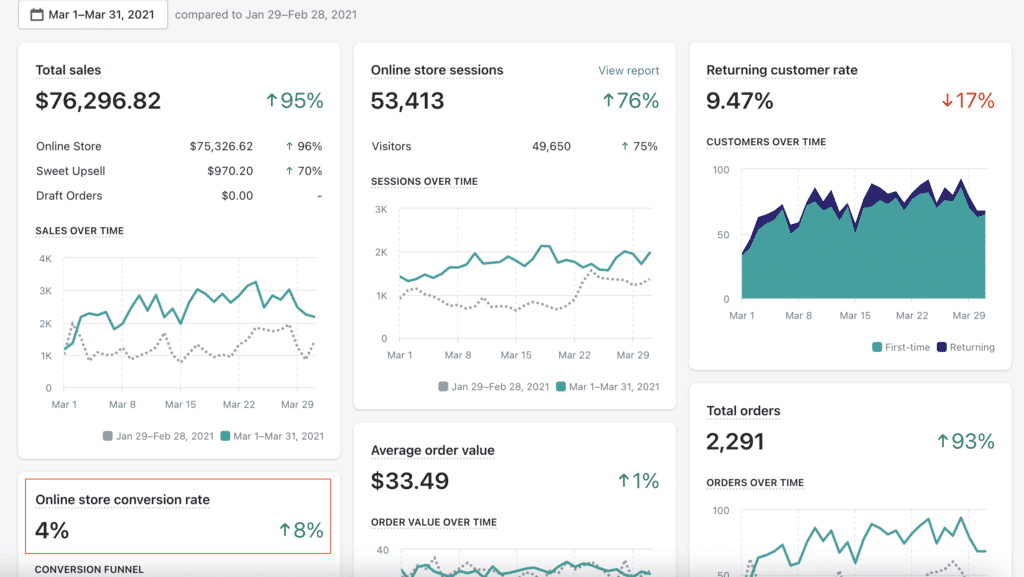
If you’re in the e-commerce business, this may imply giving free delivery in return for a minimum purchase or volume order.
You may also upsell by providing package offers (“Do you want fries/smoothie with that?”) or using recommendations to direct clients to higher and pricier items or services.
Committing to measuring your average order value (AOV) and customising your marketing campaigns to favour the best-value items and services are critical techniques for reaching this goal.
Increasing your customer lifetime value (LTV) is another strategy to boost your ROAS
As an advertiser, you may use marketing strategies such as:
- Retargeting ads
- Email marketing campaigns
- Loyalty and rewards schemes
- Discounts and coupons
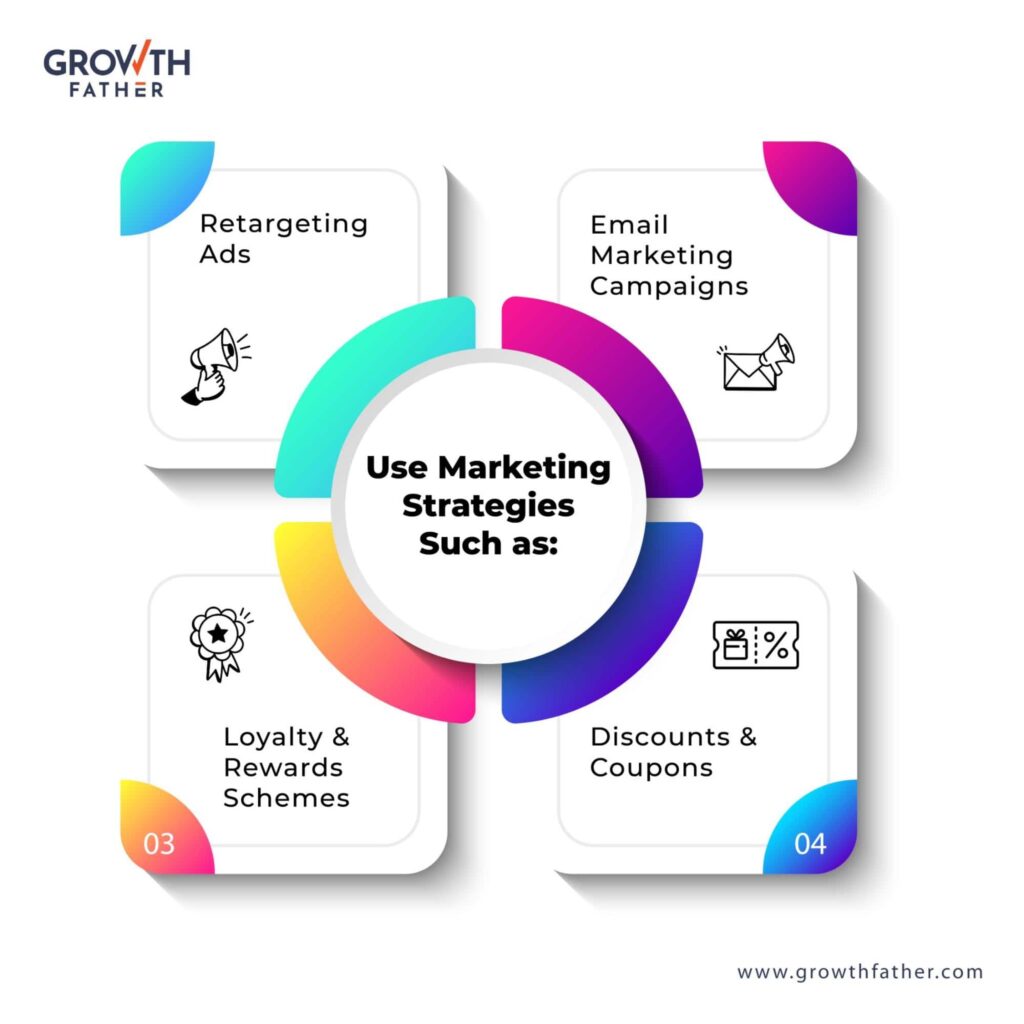
What’s the difference between Return on Ad Spend vs Profit and Return on Investment(ROI)?
ROAS is the ratio of revenue to ad spend. It’s calculated by taking your total revenue per campaign and dividing it by your total ad spend.
ROI, on the other hand, is the ratio of profit to investment. It’s calculated by taking your total profit following a campaign and dividing it by your initial investment in that campaign.Profit refers to the amount left over after all expenses have been paid off; in other words, profit = revenue – expenses. This can also be known as earnings before interest and taxes (EBIT).
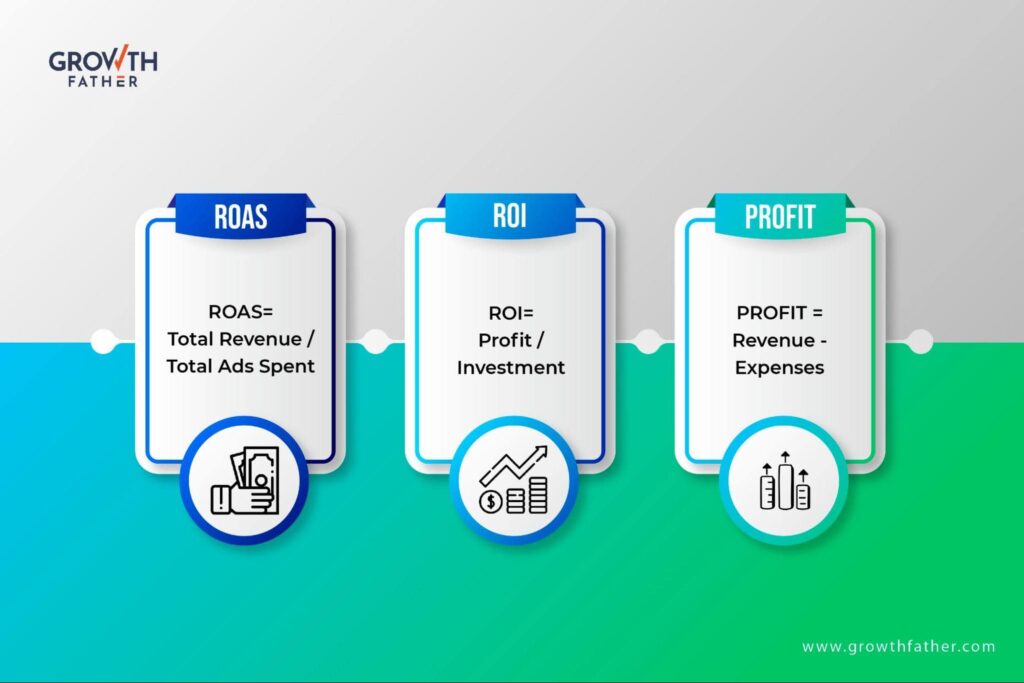
The reason ROAS is generally favoured over ROI for digital marketing purposes is that online businesses tend to have other overhead costs like labour and technology maintenance (compared with physical stores), so ad spend alone is not always a good indicator of success or failure for online efforts.
Conclusion
Improving your ROAS is not a one-time task. At every point of the advertising funnel, continuous testing and optimization are required.
You may significantly boost your ROAS by building precisely targeted ad campaigns and offering customized post-click experiences.
